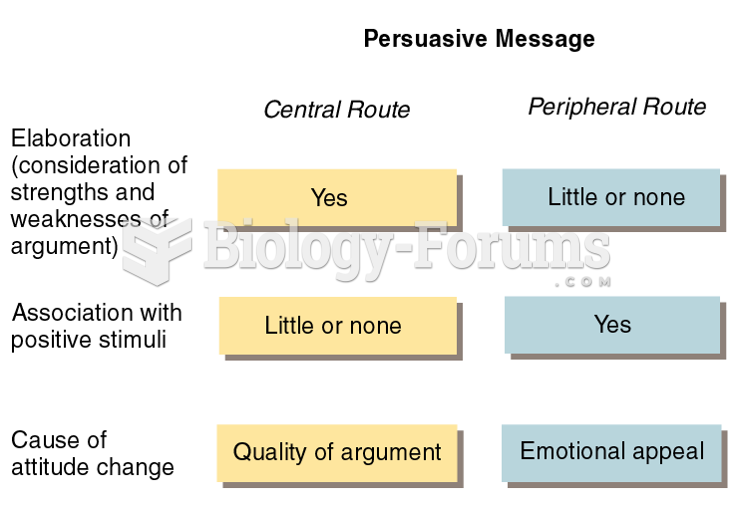Answer to Question 1
- The author provides several details to give the reader a sense of her view of her characters. Determined to give her daughters a better life, Mamaa hardworking woman with only a second grade educationraised enough money through her church to send Dee to school in Augusta. Dee fails to appreciate her mothers sacrifices: Dee used to read to Maggie and me without pity; forcing words, lies, other folks habits, whole lives upon us two, sitting trapped and ignorant underneath her voice (par. 11).
The author is clearly sympathetic to Maggie, who was hurt in the mysterious fire that burned down their house. Although in a formal sense, Maggie is uneducated, in another sense, she is the most grounded character in the story. She knows details about her history, and she is intuitive about her surroundings. She does not want to fight with her sister, a woman who clearly has little regard for others. From the triumphant tone of the storys end, it might seem that the author wants us to feel sympathy for Mama and Maggie and perhaps a feeling of good riddance for Dee.
But perhaps the author has a sense of ambivalence about Miss Wangero. Although she pokes fun at Dees posturing and false sense of superiority, she also admires Dees determination to succeed and her strength of character. As Mama says with an obvious sense of pride: Who can even imagine me looking a strange white man in the eye? . . . Dee, though. She would always look anyone in the eye. Hesitation was no part of her nature (par. 7).
Answer to Question 2
- Everyday Use is told in retrospect from the first person point of view of the mother. Mama is an opinionated narrator with a good sense of reality, and it seems we are privy to some of the inner feelings she rarely shares. We sense Mama has sacrificed for her older daughter her entire life, without receiving any appreciation or thanks. Mama knows that Dee is disappointed in her, a feeling that gives the sensitive reader a great deal of sympathy. In real life I am a large, big-boned woman with rough, man-working hands . . . My fat keeps me hot in zero weather. I can work outside all day (par. 5). But when Mama imagines herself on TV with Dee, she is the way my daughter would want me to be: a hundred pounds lighter, my skin like an uncooked barley pancake. My hair glistens in the hot bright lights. Johnny Carson has much to do to keep up with my quick and witty tongue (par. 5). By seeing the story from Mamas point of view, the reader is clear about the emotional importance of the objects Dee wants to take away from Maggie. While certainly biased, Mama is probably far more objective about her family than either daughter would be.
Everyday Use would be an entirely different story if it were told from another point of view, especially Dees. Sophisticated and educated Dee would hardly be able to imagine her mothers or sisters point of view. Her whole focus has been leaving the life they embrace.







